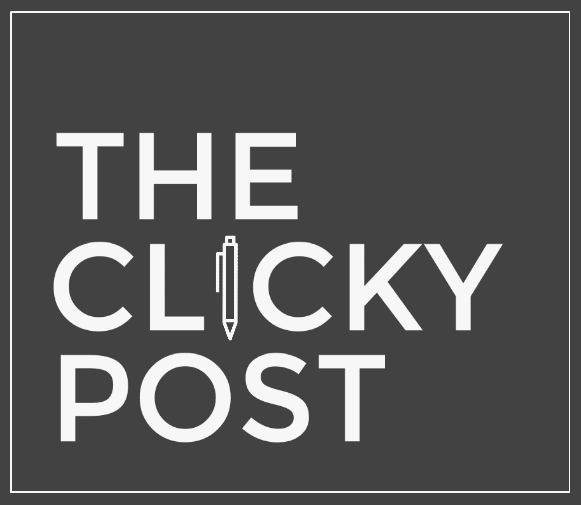My first step into the world of the vintage Pilot stainless steel lineup was my recent review of the Murex. Such a neat pen and, frankly, I'm hooked. Receiving, using, and reviewing the Murex kindled in me a rOtring-esque excitement about all things vintage Pilot steel. The next pen on my list after the Murex was to acquire a vintage MYU, the predecessor of the Murex.
The MYU 701 pens were originally produced in 1971 and had a production run all through the 1970's. The Murex was produced in the late 70's on into the very early 80's and was what many considered an improvement over the MYU due to being larger in size and better for longer writing stints. The Murex design is far less exciting and captivating than the MYU in my opinion, but they both have their own unique feel and experience and are both an absolute pleasure.
When capped, the MYU is a short, almost pocket sized pen that is lightweight, but sturdy. Similar to the idea of the Kaweco Sport lineup, the cap plays an important part in the overall functionality of the pen. Once posted, it extends the pens length to that of a "normal" pen which allows the pen to rest on the fleshy part of the hand rather than being too short.
What makes the MYU stand out in a crowd is how the nib is formed as part of the grip section from a single piece of steel. This sleek and seamless design against a brushed stainless steel is so striking. The overall shape of the pen is one continuous curve from the tip to the tail which is incredibly beautiful and I find myself in awe at just how fantastic it is. I'm sure if the pen could talk it would be embarrassed by my awkward stare while writing...
The integral nib design in modern pen making is pretty much extinct, although Pilot did a limited edition remake (with some improvement/adjustments) back in 2008 called the M90 or MYU90 for Pilot's 90th birthday. We can all cross our fingers that in 2018 for the 100th birthday they will do something equally as amazing.
As mentioned above, once I'd received the Murex I was on the hunt to find my first MYU. Oddly enough, I purchased my pen from a seller on Etsy of all places. He lives in Japan and seems to always be on the lookout for vintage Pilot pens and he had this particular MYU listed for a great price.
This specimen is not perfect, but the price was extremely fair for the condition. The barrel had no dings or dents, but the nib needed some adjusting and the chrome clip and center connector ring were showing some slight signs of oxidation.
In all honesty, I would usually hold off and try and find a more "pristine" example, but I decided to dive in and I've actually found the slight oxidation against the steel to be a bit appealing. In discussing the pen with Thomas Hall, he educated me a bit on the Japanese philosophy of Wabi-sabi which is an acceptance of the idea of transience and that things wear, fade, and over time become imperfect. Very fitting and is something I need to be more considerate of with my things in general.
The nib did write, but was a bit out of alignment so I sent it off for repair to a gentleman named Dillon on Thomas' recommendation. He recommended Dillon specifically as he has an expertise and the tooling needed to work on pens like the MYU, so I felt safe. His turnaround time was very quick and he was extremely pleasant to work with. The pen came back writing great and I'm glad I made the investment to send it off. If you are in need of service for your MYU, feel free to email Dillon at fpninkvials@gmail.com.
The MYU can accept either the standard Pilot/Namiki cartridges or the CON-20 squeeze converter. I have to admit that I had never given the CON-20 the time of day, but I decided after a cart or two that I would ink it up with my bottle of Kon-peki using the converter. The experience was surprisingly easy and it was one of those moments where you feel dumb because you had built up in your mind the experience was going to be subpar, but I will use the converter almost exclusively from this point on. The only real downside to the CON-20 is your inability to see how much ink you have remaining, but other than that it is great. For larger Pilot pens I generally use the CON-50.
The nib on the MYU is surprisingly smooth and lays down a nice crisp line. The F nib is definitely a Japanese fine, but is becoming my preferred size for the brand for everyday writing and note taking. I love the experience of writing with this pen in both looks and feel.
Along the lines of vintage rOtring pens, the vintage Pilots are quite collectable and can fetch a hefty price for NOS or rarer models like the striped MYU. If you are serious about wanting a MYU, budgeting around $200 will probably get you one in good shape that you can enjoy. The nice thing about these is that if you decided it wasn't your thing it will hold its value and there is always a line of buyers looking to pick one up.
Stay tuned for more vintage Pilot reviews to come...
